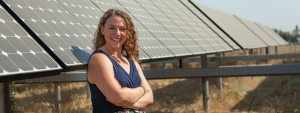 By Ellen Shenette, Manager, EDF Climate Corps
By Ellen Shenette, Manager, EDF Climate Corps
I remember some of the first interactions I had with companies working in the clean energy industry. I was an analyst at the time, which meant the conversations were more often than not, very technical, wonky, and with men. At first, this was overwhelming. But my all-women MBA program prepared me for the male-dominated business world. I turned these initial concerns into motivation, and I built my technical expertise so that I could hold my own in conversations. If my knowledge was questioned, I was ready with an answer.
I’m not alone in this experience. Like many other STEM industries, women are underrepresented in the energy workforce, counting for only roughly 20-35 percent. The good news is that this trend is changing, and clean energy is leading the way. The clean energy sector is the farthest along in closing this gender gap compared to other energy sectors, opening up numerous opportunities for women looking to start their careers in this field, and I’m proud to be helping to make this possible.
EDF Climate Corps is working to build the next generation of sustainability leaders, and we’re making sure that includes women. Why? Research has found that more gender equity leads to higher performing companies, and female leaders rank the highest in their ability to take initiative and drive results.
Since EDF Climate Corps started in 2008, women have represented 41 percent of our fellows. I decided to reach out to these women from our alumni network, a group of nearly 850 sustainability experts, and learn more about their jobs and gather any advice they have for women looking to join the industry. Read More »










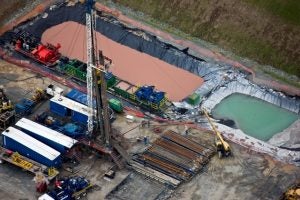
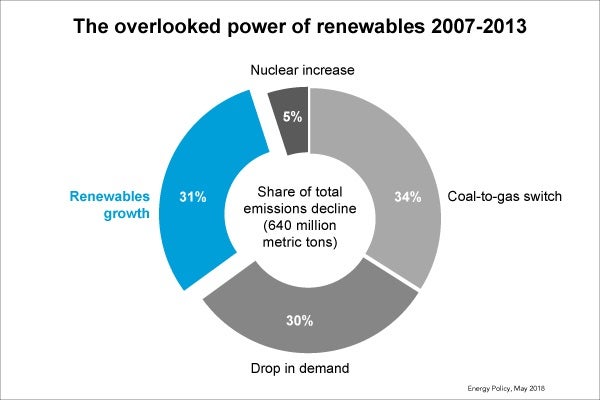
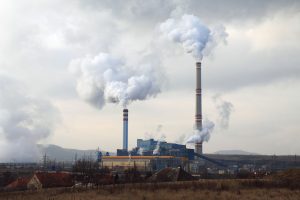
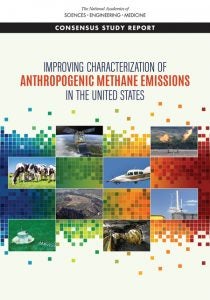
 By
By